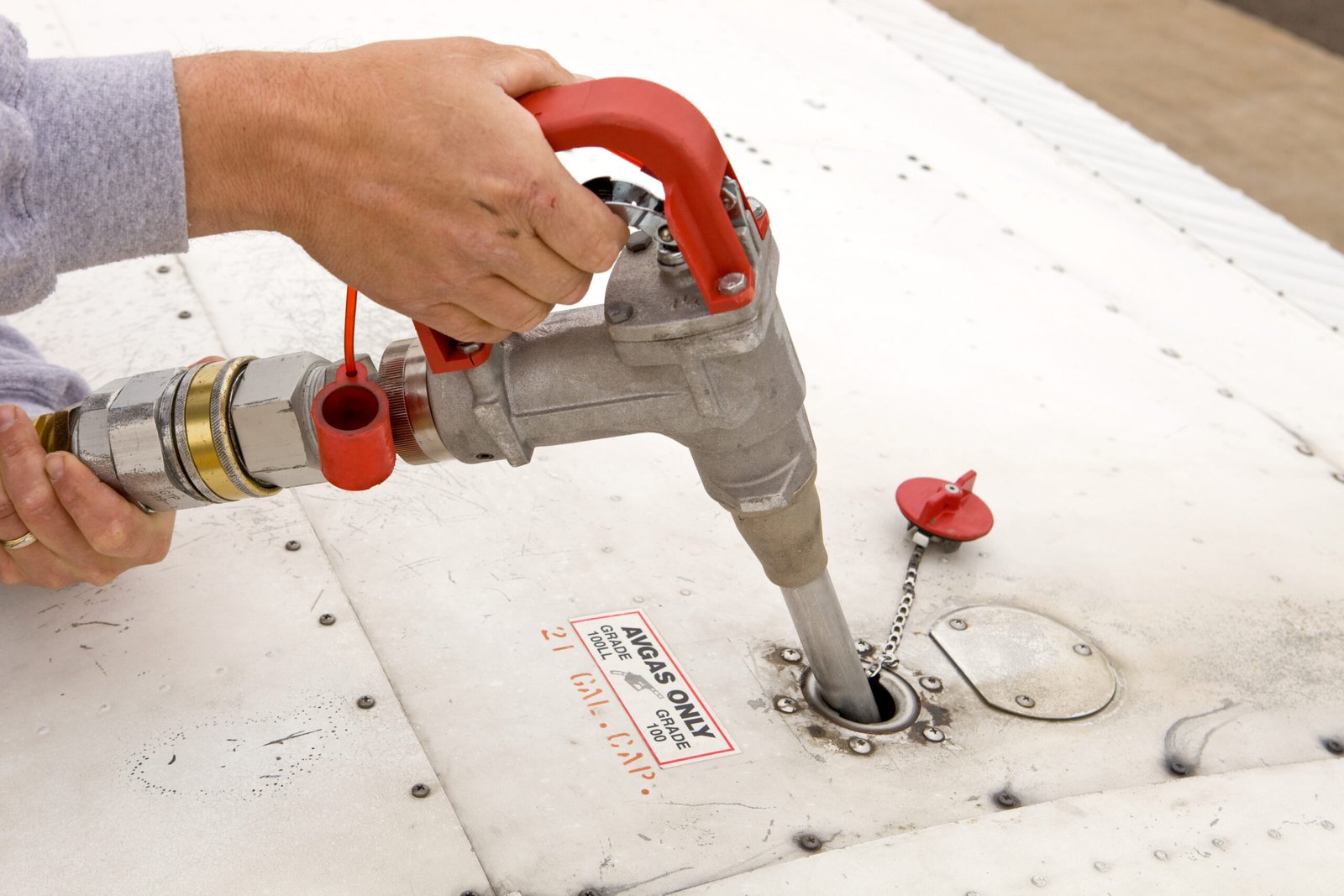
History of Leaded Avgas
Early Development (1920s): TEL was first developed in the 1920s as an additive to boost the octane rating of gasoline. Higher octane prevents engine “knocking” (uncontrolled explosions in engine cylinder), which can damage engines and reduce efficiency. General Motors chemist Thomas Midgley discovered TEL’s effectiveness at improving octane levels, and its use spread rapidly.
World War II: TEL played a key role during WWII, allowing piston aircraft engines to reach higher power outputs without damaging components. After the war, TEL continued as the standard for aviation gasoline (avgas) as industry infrastructure and engine designs were based on leaded fuel.
Banning in Automotive Fuel: TEL was commonly used in car gasoline until the 1970s, when its environmental and health risks led to its ban for road vehicles in the U.S. and many other countries. TEL emissions were linked to neurological harm and air pollution, especially around urban areas.
Continued Use in Aviation: Despite the ban in cars, TEL remained in use for aviation gasoline due to no adequate alternative at the time, leaving general aviation with no motivation for change.
Why don’t we have more unleaded options? Why has it taken so long?
Safety Standards and Regulatory Hurdles
Aviation fuel is strictly regulated, and any new fuel must undergo rigorous testing and certification to ensure it meets safety standards across different engine types, weather conditions, and altitudes. The certification process through the FAA is very lengthy.
Industry Momentum and Slow Change
The aviation industry is slow to change what they don’t have to change. Due to a lack of regulation, there has been no incentive to start developing an unleaded alternative. No financial benefits come with developing something for the good of the world. As much as we wish that was true, it’s just not.
The capability for unleaded is here—now it’s time to make it a reality.
We must advocate for increased regulation that safeguards both environmental/health goals and pilots’ ability to fly.
Change doesn’t happen overnight, but with time and collaboration, achieving these regulatory improvements is possible. Regulation does not mean immediate bans on the sale of 100LL, which are dangerous. Financial incentives and fuel subsidies, as already offered by local governments at some airports, are great at decreasing the financial barrier of an unleaded transition. Financial change is an easier and more realistic request of governments than complex regulations.

